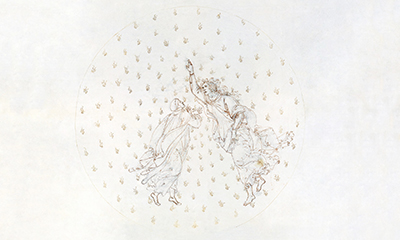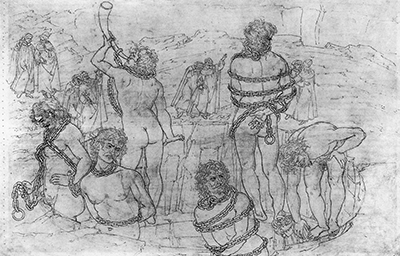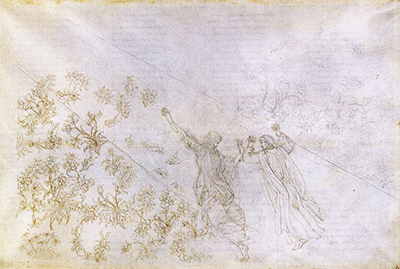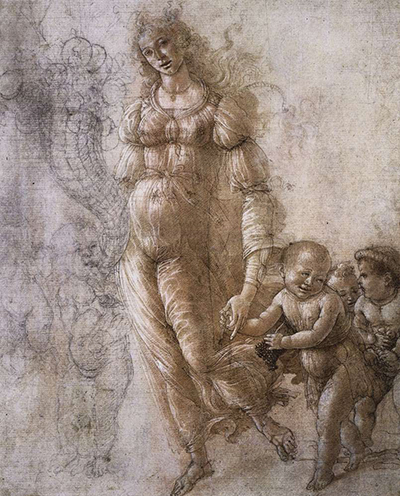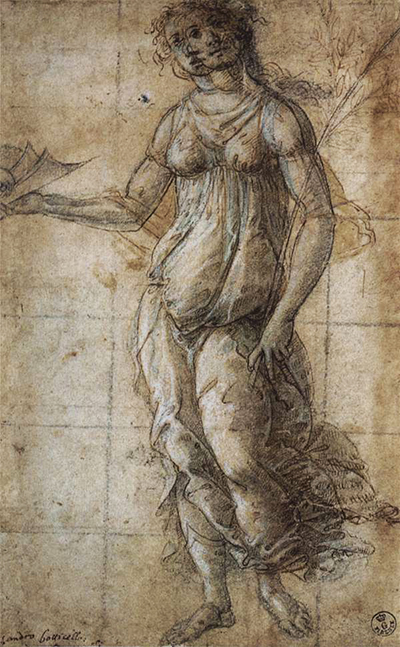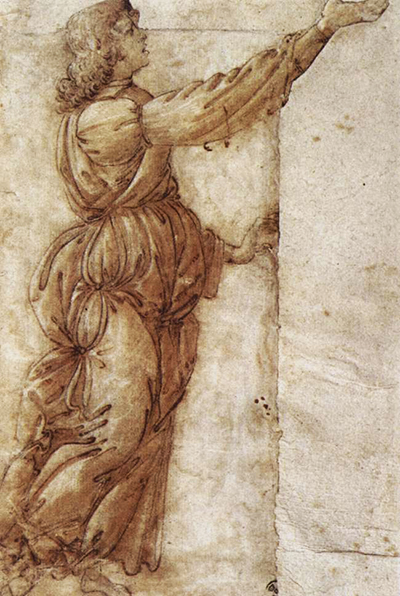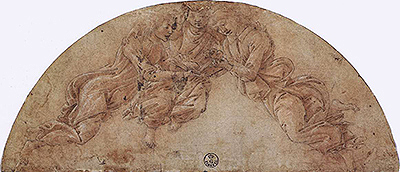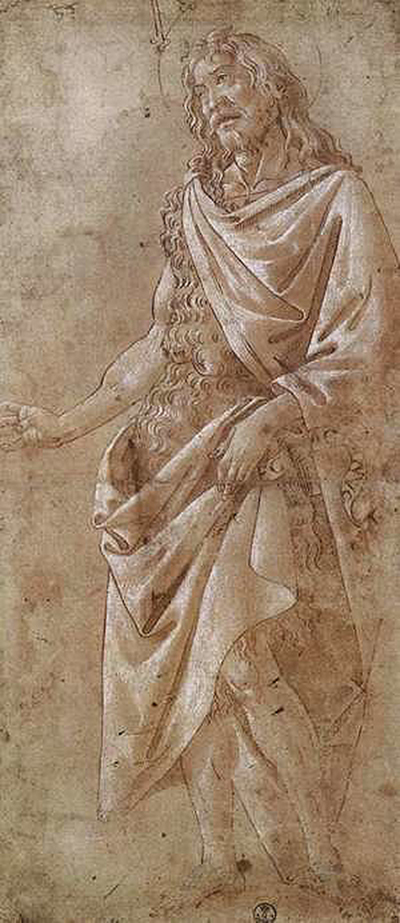Sandro Botticelli's illustrations for Dante's Divine Comedy remain his most famous achievement as a draughtsman, but other study drawings are also key to understanding his methods of production
Whilst this member of the High Renaissance will always be best remembered as a painter, much of the beauty in paintings such as Birth of Venus, Primavera and Adoration of the Magi drew strength from his drawing qualities.
The combination of the fragility of traditional drawings as well as the sheer amount of time that has passed since the age of Botticelli has sadly meant that much of his sketch work has not survived to the present day. As a result his illustrative series of work for Dante's Divine Comedy, which has been particularly well preserved, is always the first port-of-call for those looking to understand more about Botticelli's drawings.
The Early Renaissance remains a much respected and heavily researched art movement whose influence on European art cannot be overstated. Fellow draughtsmen who made a significant contribution to the various eras of the Renaissance included Leonardo da Vinci, Michelangelo and Raphael. Botticelli's own drawings have been given a lesser prominence to his paintings, but still warrant respect in their own right.
The Kupferstichkabinett in Berlin owns a fine selection of Botticelli drawings after a high profile purchase from a private collector in the UK. With the finest collection of Raphael drawings also in the UK, a great effort was made to block the sale of the exceptional Hamilton Collection. Even the interference of Queen Victoria, William Gladstone and John Ruskin could not prevent the sale of these highly prized asssets.
A further part of the collection taken to Germany was the 14th century Hamilton Bible. This is considered a highly significant manuscript which even is captured in Raphael's Pope Leo X portrait. It was sales such as this which meant laws were brought in to temporarily bar exports of significant art from the UK to give the state insitituions time to attempt to cover the purchase themselves.
Sandro Botticelli's landmark contribution within drawing is unquestionably his 92 full-page artworks that decorate a manuscript of the Divine Comedy by Dante. In significance to the development of art history, it is the equal of any of his frescos. The majority of artwork in this manuscript then made its way to the Kupferstichkabinett, Berlin via the Duke of Hamilton. Several of the remaining pieces can be found in the Vatican Library.
In 2000-2001 a rare exhibition drew the two groups of drawings together, with them being displayed in Berlin, Rome and London. They have since returned to their permanent locations, but all remain on view to the public. There has been an increase in recent decades of major art museums and galleries across the world agreeing to merge their related assets in order to put on highly significant touring exhibitions.
It has proven particularly difficult to accurately date many of Botticelli's drawings because most of them are unrelated to his frescos. Art historians will tend to find study drawings for established paintings and simply work back a few months or years, depending on the typical behaviour of the artist.
Botticelli was also around during the Early Renaissance, so many centuries have passed since his career ended. There was little documenting of art during that time and so many items from his career are impossible to date accurately. Compare that to artists such as Domenico Ghirlandaio whose drawings are almost entirely study pieces for well documented frescos.
Giorgio Vasari was famously quoted about other artist's desire to purchase examples of Botticelli's drawings for their own studies and understanding. This could only have been possible if a greater number of his drawings were available at that time. Thankfully, the passion and perseverance of art historians across Europe has ensured that his work in this medium is now comprehensively documented, at least from the works that remain.
The variety of drawings that do remain from Botticelli's career indicates that he didn't have one single method of producing paintings. He would sometimes produce multiple study pieces, whilst at other times he would work directly on the painting, correcting as he went. As his career developed he started to use stronger lines to leave clearer detail where as his earlier work was more subtle.
A further role for study drawings from the masters was to lead their workshop assistants on specific elements of a project. In order to ensure the continuation of their hard earned reputations they might feel the need to be more hands-on with members of their studio when a particular figure, detail or flourish needed to be followed in a specific manner.





